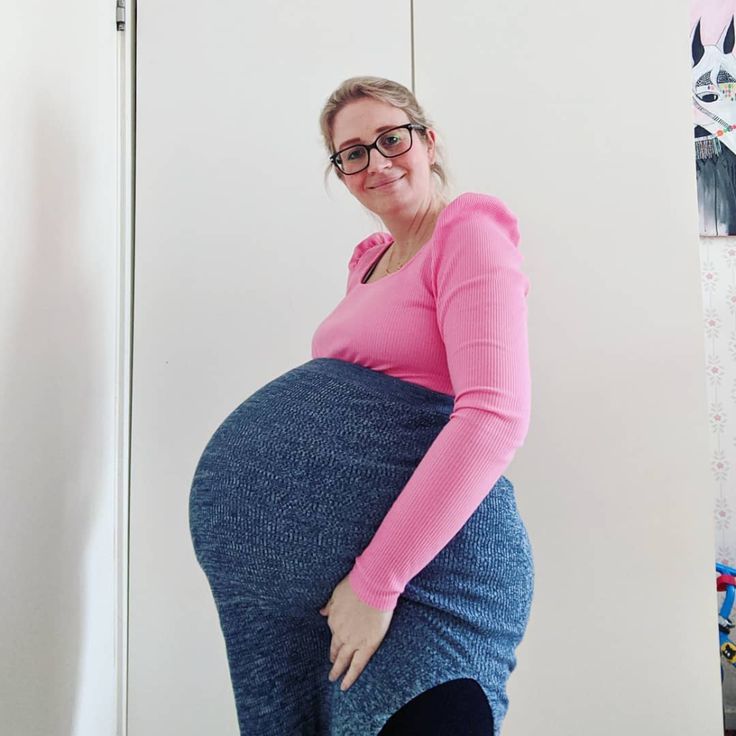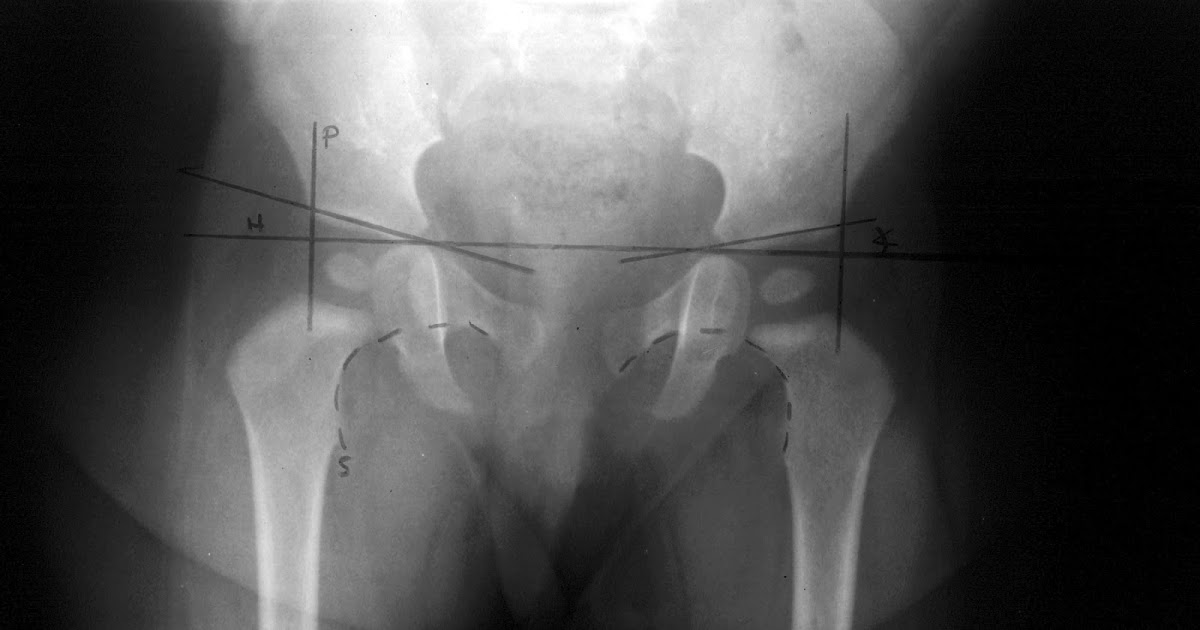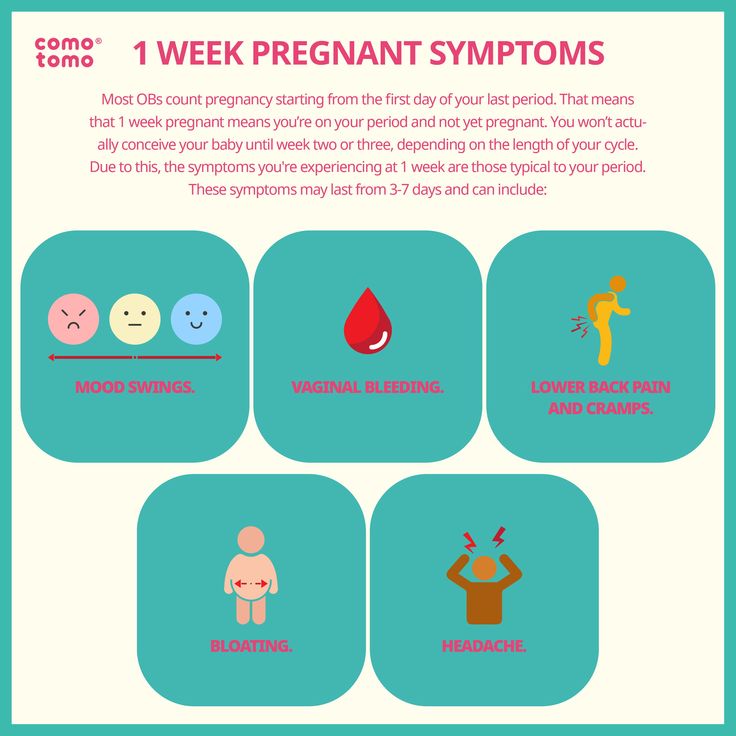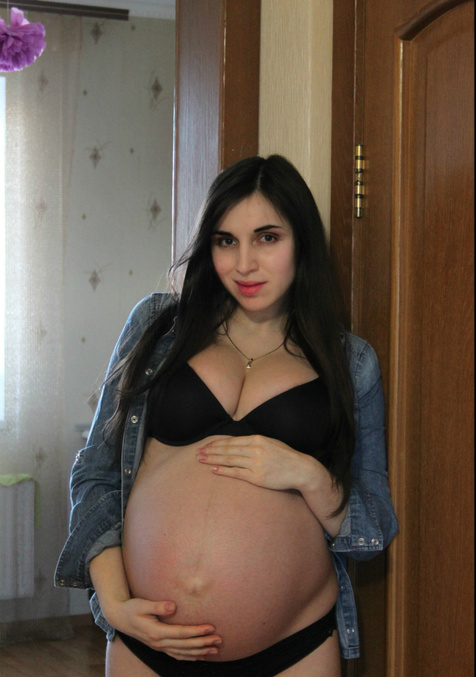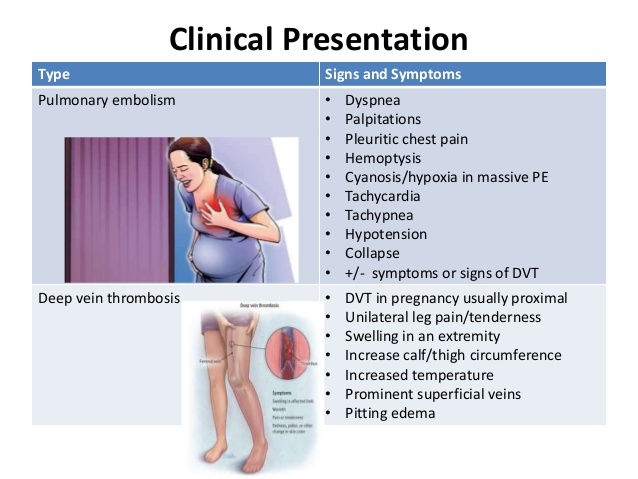When is baby head down
Symptoms of Baby Turning Head Down
Your baby kicks, squirms, and flips all day (and night!). But what exactly are they doing in there?
Well, toward the end of your pregnancy, your baby will likely get into a head-down position so that they can begin their descent into the birth canal. The exact timing of when your baby hits this position is individual. And some babies prefer other positions, like breech (head up) or transverse (side lying).
Regardless, some signs can serve as clues about how baby’s relaxing in there. Here’s more about when your baby will move head down, what the options are if they stay head up or in another position, and what to feel for when trying to determine your baby’s position at home.
Related: What Sleeping Position Will Help Turn My Breech Baby?
Most babies tend to shimmy their way into a cephalic (head-first) presentation before birth.
Fast fact
At 28 weeks, around 25 percent of babies are breech (head up), but this number jumps down to just 3 or 4 percent at term.
Your baby may move all over the place in the first and second trimesters. Their position may change wildly early on in the third trimester as well.
However, if you’re between 32 and 36 weeks, you may notice your baby staying put in a head-down position. Your uterus grows to accommodate their size — but there’s only so much room. As time passes, your baby gets bigger and starts to run out of space to move into different positions.
Related: The Third Trimester of Pregnancy: Concerns and Tips
Being head down is just half of the equation when it comes to birth. There’s also the matter of which way your baby is facing.
Why does this make a difference? It comes down to geometry. Your baby’s head must fit through the pelvis on its way into the vaginal canal for delivery. Some positions make this journey easier than others, especially considering how different parts of your baby’s skull are wider and narrower than others.
- Occiput anterior: This position is the most common.
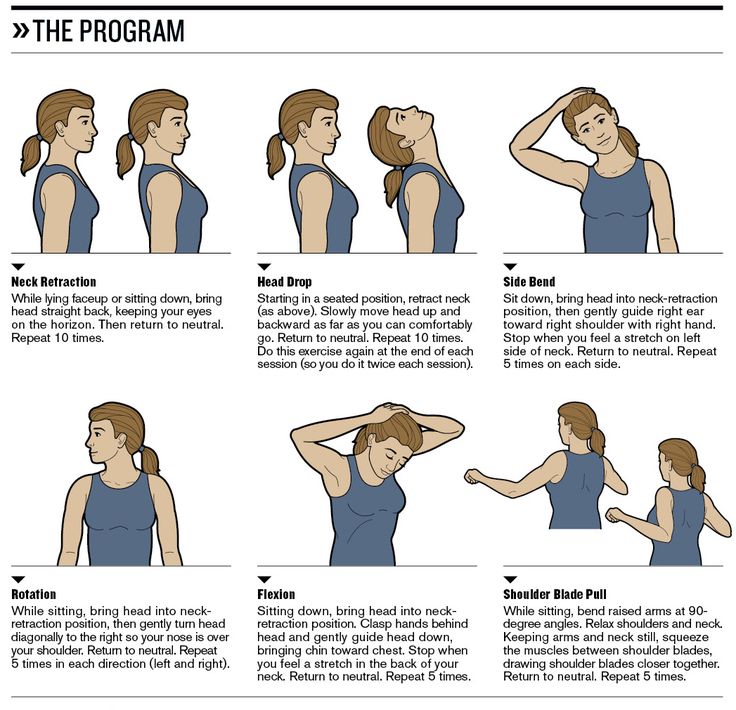 It means that your baby is head down with their back against your stomach and their chin tucked into their chest.
It means that your baby is head down with their back against your stomach and their chin tucked into their chest. - Occiput posterior: This position means that your baby is head down but facing the opposite direction. In this position, your baby’s back is at your back.
Anterior is the ideal position for an uncomplicated vaginal delivery. When your baby’s chin is tucked, it helps the narrowest part of their head go through the birth canal. Posterior presentation can mean a longer or potentially more difficult delivery, sometimes requiring a vacuum, forceps, or cesarean section.
If your baby is posterior even in early labor, they may still turn throughout the process as contractions move them around in the womb. Some babies completely spin to an anterior position during labor while others are born posterior.
Related: What Your Baby’s Position in the Womb Means
You may not experience any signs that your baby has flipped into a head-down position. There’s really no easy way to tell just by looking at your bump. You need to get in there and feel around. But how?
There’s really no easy way to tell just by looking at your bump. You need to get in there and feel around. But how?
Fortunately, your doctor or midwife is trained to feel for your baby’s position using what are called Leopold’s maneuvers.
With this technique, your provider will feel for what part of your baby is presenting in the pelvis, then for your baby’s back, and then for what part of your baby is in your fundus (up high, near your rib cage). They’ll also feel around for your baby’s cephalic prominence, which simply means which way your baby is facing.
With a head-down presentation:
- baby’s head would be in your pelvis
- baby’s back position would depend on whether baby is anterior/posterior, but generally baby will have either their back to your belly (anterior) or your back (posterior)
- baby’s bottom/legs would be in your fundus
All these findings can also be confirmed via ultrasound to give you the clearest picture.
But how can you figure out your baby’s position at home? Pay close attention to the shapes in your belly, as well as the different movements you feel.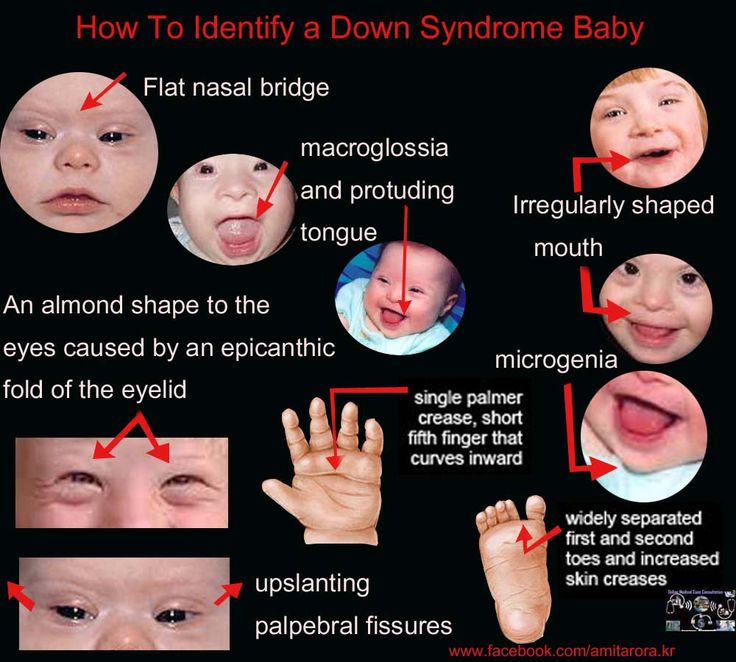
Your baby may be head down if you can:
- feel their head low down in your belly
- feel their bottom or legs above your belly button
- feel larger movements — bottom or legs — higher up toward your rib cage
- feel smaller movements — hands or elbows — low down in your pelvis
- feel hiccups on the lower part of your belly, meaning that their chest is likely lower than their legs
- hear their heartbeat (using an at-home doppler or fetoscope) on the lower part of your belly, meaning that their chest is likely lower than their legs
Belly mapping
It can be difficult to read the different lumps and bumps you feel on your stomach. With practice, you may start to understand what you’re feeling. You might even try belly mapping — a process to estimate baby’s position. It was created by Gaily Tully, certified professional midwife and author of SpinningBabies.com.
To use this technique, wait until you are at least 30 weeks pregnant.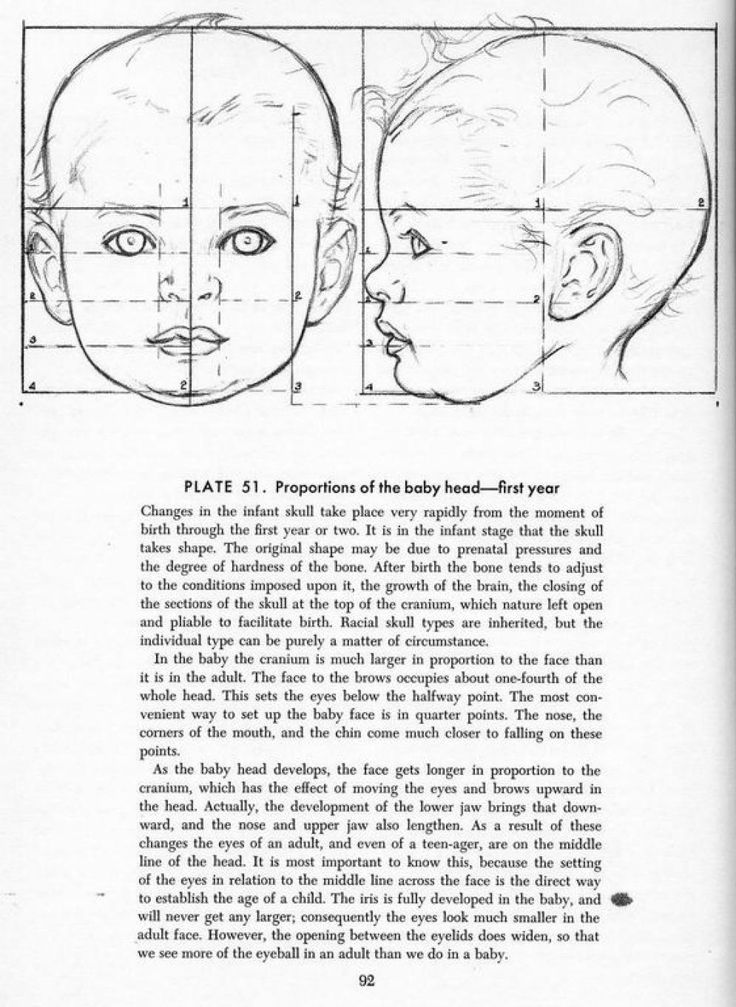 You may even want to try belly mapping following a prenatal appointment so your doctor can give you some guidance on baby’s position.
You may even want to try belly mapping following a prenatal appointment so your doctor can give you some guidance on baby’s position.
Lie down in bed or on the couch. Using a washable marker or finger paint, gently mark where you feel your baby’s head (it feels like a small bowling ball). The arms and hands are likely near the head, and their tiny movements give them away.
Then feel for the back, butt, and legs, as well as larger movements. You may find it helpful to use a baby doll to play with different possible positions. You can then lightly draw or paint your baby on your stomach to help you visualize how they’re lying.
Related: Can You Give Birth with Baby in the Vertex Position?
If you’re in late pregnancy and have concerns about your baby’s positioning, ask your doctor about it at your next prenatal appointment. Chances are that your healthcare provider is making a note of your baby’s position as well.
If your baby is breech or in some other position besides head down, there are several options for delivery.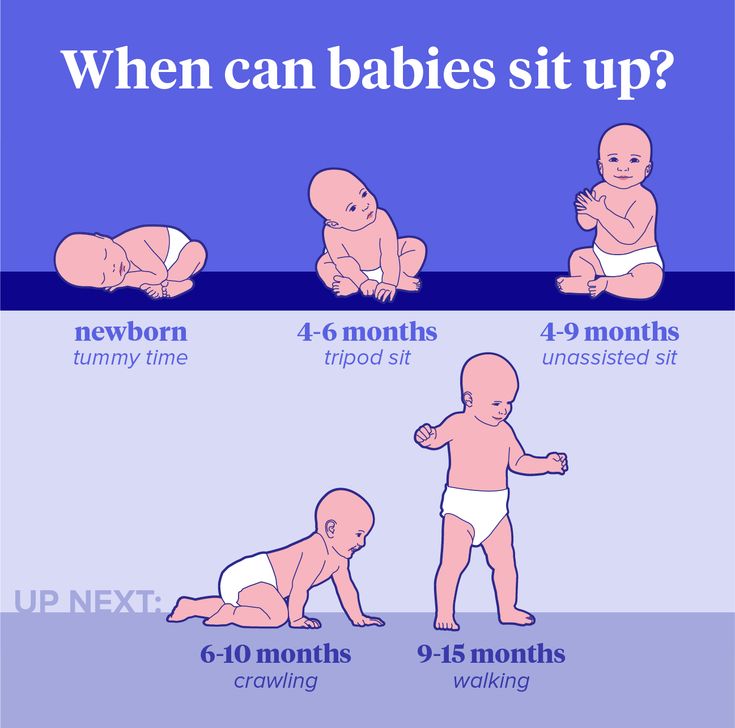 Factors at play here include:
Factors at play here include:
- whether your baby stays in a certain position as you reach term
- any other pregnancy complications you might have
- when you end up going into labor naturally
Wait-and-see approach
Again, your baby’s position isn’t usually a big concern until you reach between 32 and 36 weeks in your pregnancy. Before that point, the fluid in the uterus gives your baby plenty of space to move around. As you get closer to delivery and your baby hasn’t settled head down, they start to run out of room to make the switch.
Your doctor can monitor your baby’s position at your prenatal appointments by feeling your belly for where their head, back, and buttocks are. To confirm, you may also have an ultrasound or pelvic exam.
External cephalic version (ECV)
External cephalic version (ECV) is a procedure during which your doctor tries to move your baby into a head-down position to increase the chance you’ll have a vaginal birth.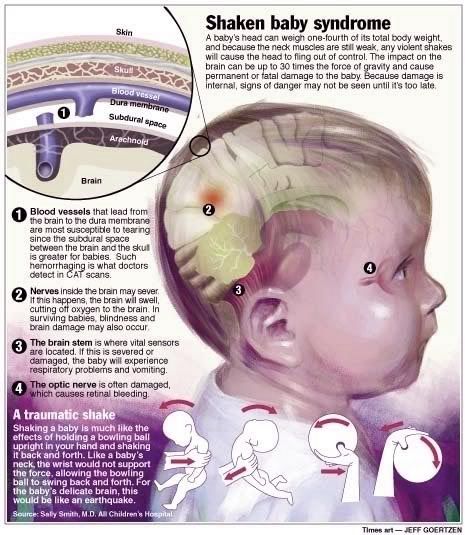 This is done in a setting in which baby can be monitored and you can have an emergency cesarean section (C-section) if needed.
This is done in a setting in which baby can be monitored and you can have an emergency cesarean section (C-section) if needed.
Your provider uses their hands to manually turn the baby head down. If you’ve reached 36 weeks and your baby still isn’t head down, your doctor may suggest an ECV.
The success rate of this procedure is around 58 percent. While that’s not a super impressive statistic, ECV may be worth a try if delivering vaginally is important to you.
It’s also worth noting that some babies that are flipped return to a breech position. You can have a repeat ECV, but space runs out the closer you get to birth, so it may be more difficult the second time.
Cesarean delivery (C-section)
A C-section is another option for delivering babies who aren’t head down. It involves major surgery that you may schedule ahead of time (if you know your baby isn’t head down) or that can be performed in the event you go into labor naturally.
Around 85 percent of breech babies are born via C-section.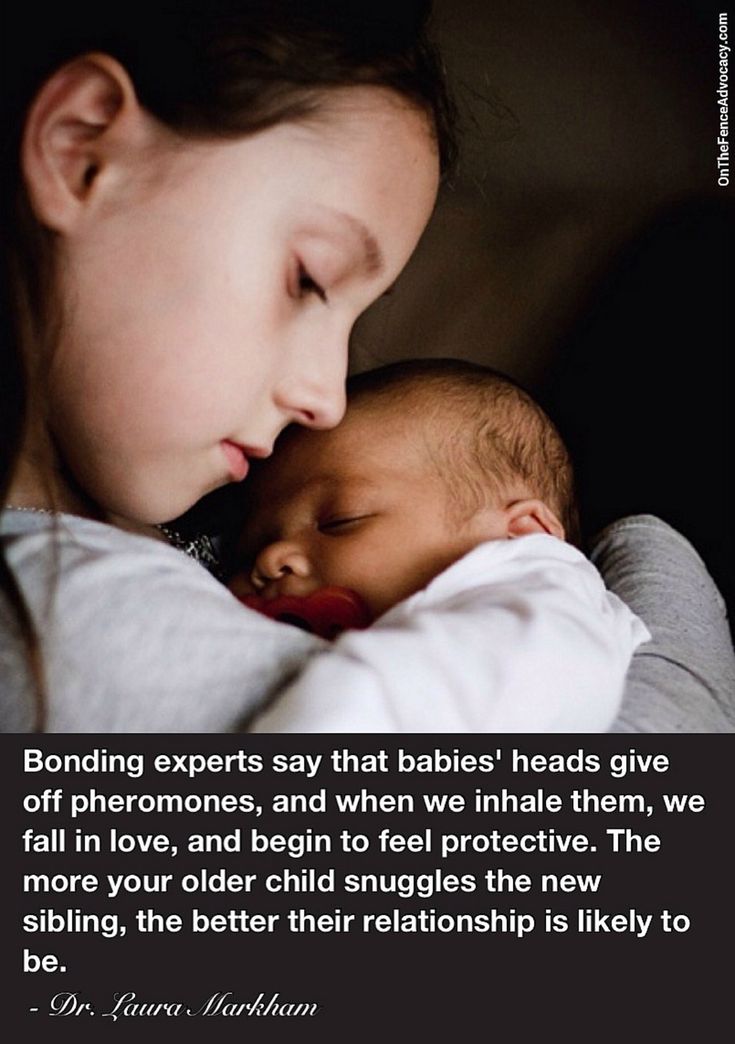 While this surgery is routine, it involves some risks, including:
While this surgery is routine, it involves some risks, including:
- infection
- postpartum hemorrhage
- blood clots
- issues with future pregnancies, like a risk of placenta previa or uterine rupture
Vaginal birth
The American College of Obstetricians and Gynecologists explains that some women may be candidates for a vaginal birth even if their babies are breech. This possibility is determined on a case-by-case basis and involves a review of your medical history and weighing the benefits of vaginal delivery versus the risks of C-section.
If you choose to go this route, you’ll need to follow any specific guidelines set up by your hospital or birth center.
Related: Midwives Are Growing in Popularity: Here’s What You Need to Know
Your baby moves a lot throughout your pregnancy. As you get closer to your due date, they’ll likely settle into a head-down position as they get ready for birth.
If you have concerns about your baby’s position, don’t hesitate to bring them up at your next prenatal appointment. Your healthcare provider is also keeping tabs on whether baby is head down and can help guide you with options for repositioning or an alternate birth plan, if necessary. You’ve got this, mama!
Your healthcare provider is also keeping tabs on whether baby is head down and can help guide you with options for repositioning or an alternate birth plan, if necessary. You’ve got this, mama!
Symptoms of Baby Turning Head Down
Your baby kicks, squirms, and flips all day (and night!). But what exactly are they doing in there?
Well, toward the end of your pregnancy, your baby will likely get into a head-down position so that they can begin their descent into the birth canal. The exact timing of when your baby hits this position is individual. And some babies prefer other positions, like breech (head up) or transverse (side lying).
Regardless, some signs can serve as clues about how baby’s relaxing in there. Here’s more about when your baby will move head down, what the options are if they stay head up or in another position, and what to feel for when trying to determine your baby’s position at home.
Related: What Sleeping Position Will Help Turn My Breech Baby?
Most babies tend to shimmy their way into a cephalic (head-first) presentation before birth.
Fast fact
At 28 weeks, around 25 percent of babies are breech (head up), but this number jumps down to just 3 or 4 percent at term.
Your baby may move all over the place in the first and second trimesters. Their position may change wildly early on in the third trimester as well.
However, if you’re between 32 and 36 weeks, you may notice your baby staying put in a head-down position. Your uterus grows to accommodate their size — but there’s only so much room. As time passes, your baby gets bigger and starts to run out of space to move into different positions.
Related: The Third Trimester of Pregnancy: Concerns and Tips
Being head down is just half of the equation when it comes to birth. There’s also the matter of which way your baby is facing.
Why does this make a difference? It comes down to geometry. Your baby’s head must fit through the pelvis on its way into the vaginal canal for delivery. Some positions make this journey easier than others, especially considering how different parts of your baby’s skull are wider and narrower than others.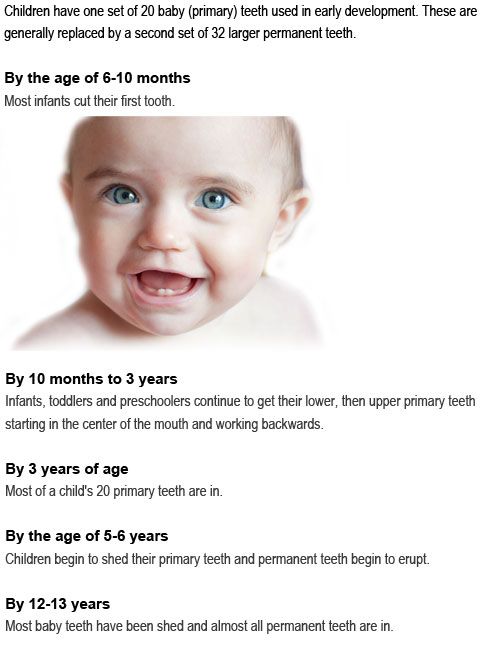
- Occiput anterior: This position is the most common. It means that your baby is head down with their back against your stomach and their chin tucked into their chest.
- Occiput posterior: This position means that your baby is head down but facing the opposite direction. In this position, your baby’s back is at your back.
Anterior is the ideal position for an uncomplicated vaginal delivery. When your baby’s chin is tucked, it helps the narrowest part of their head go through the birth canal. Posterior presentation can mean a longer or potentially more difficult delivery, sometimes requiring a vacuum, forceps, or cesarean section.
If your baby is posterior even in early labor, they may still turn throughout the process as contractions move them around in the womb. Some babies completely spin to an anterior position during labor while others are born posterior.
Related: What Your Baby’s Position in the Womb Means
You may not experience any signs that your baby has flipped into a head-down position.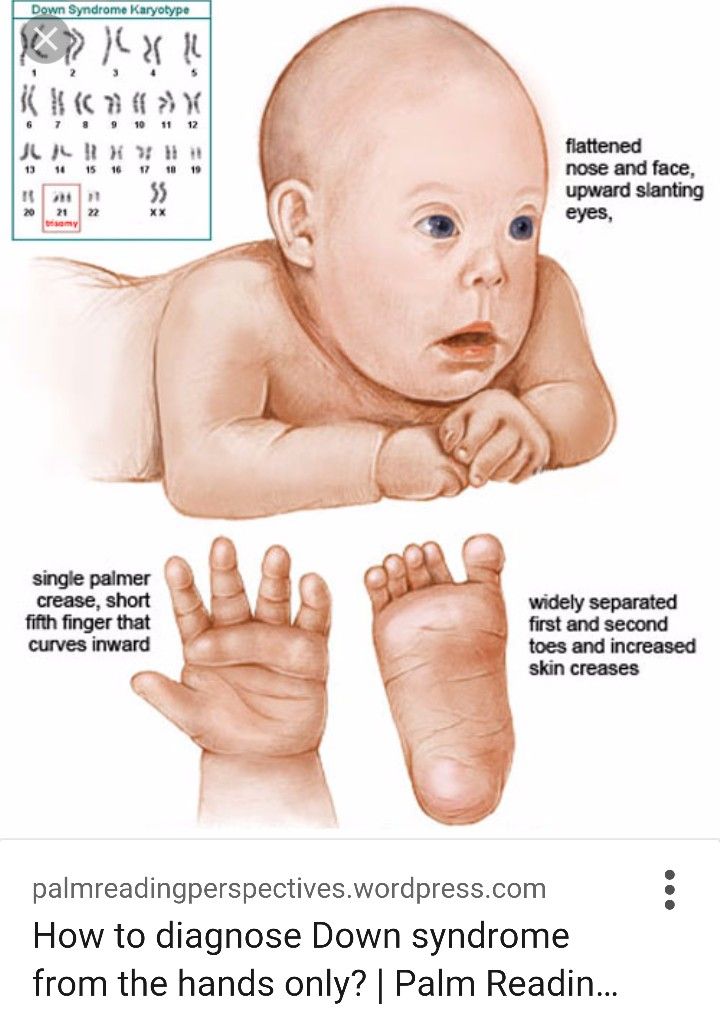 There’s really no easy way to tell just by looking at your bump. You need to get in there and feel around. But how?
There’s really no easy way to tell just by looking at your bump. You need to get in there and feel around. But how?
Fortunately, your doctor or midwife is trained to feel for your baby’s position using what are called Leopold’s maneuvers.
With this technique, your provider will feel for what part of your baby is presenting in the pelvis, then for your baby’s back, and then for what part of your baby is in your fundus (up high, near your rib cage). They’ll also feel around for your baby’s cephalic prominence, which simply means which way your baby is facing.
With a head-down presentation:
- baby’s head would be in your pelvis
- baby’s back position would depend on whether baby is anterior/posterior, but generally baby will have either their back to your belly (anterior) or your back (posterior)
- baby’s bottom/legs would be in your fundus
All these findings can also be confirmed via ultrasound to give you the clearest picture.
But how can you figure out your baby’s position at home? Pay close attention to the shapes in your belly, as well as the different movements you feel.
Your baby may be head down if you can:
- feel their head low down in your belly
- feel their bottom or legs above your belly button
- feel larger movements — bottom or legs — higher up toward your rib cage
- feel smaller movements — hands or elbows — low down in your pelvis
- feel hiccups on the lower part of your belly, meaning that their chest is likely lower than their legs
- hear their heartbeat (using an at-home doppler or fetoscope) on the lower part of your belly, meaning that their chest is likely lower than their legs
Belly mapping
It can be difficult to read the different lumps and bumps you feel on your stomach. With practice, you may start to understand what you’re feeling. You might even try belly mapping — a process to estimate baby’s position. It was created by Gaily Tully, certified professional midwife and author of SpinningBabies.com.
To use this technique, wait until you are at least 30 weeks pregnant.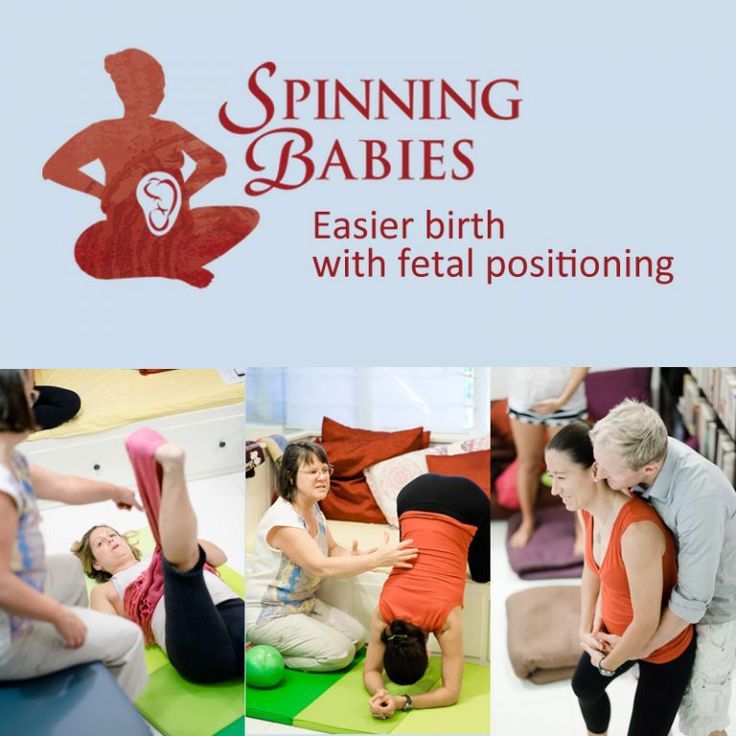 You may even want to try belly mapping following a prenatal appointment so your doctor can give you some guidance on baby’s position.
You may even want to try belly mapping following a prenatal appointment so your doctor can give you some guidance on baby’s position.
Lie down in bed or on the couch. Using a washable marker or finger paint, gently mark where you feel your baby’s head (it feels like a small bowling ball). The arms and hands are likely near the head, and their tiny movements give them away.
Then feel for the back, butt, and legs, as well as larger movements. You may find it helpful to use a baby doll to play with different possible positions. You can then lightly draw or paint your baby on your stomach to help you visualize how they’re lying.
Related: Can You Give Birth with Baby in the Vertex Position?
If you’re in late pregnancy and have concerns about your baby’s positioning, ask your doctor about it at your next prenatal appointment. Chances are that your healthcare provider is making a note of your baby’s position as well.
If your baby is breech or in some other position besides head down, there are several options for delivery. Factors at play here include:
Factors at play here include:
- whether your baby stays in a certain position as you reach term
- any other pregnancy complications you might have
- when you end up going into labor naturally
Wait-and-see approach
Again, your baby’s position isn’t usually a big concern until you reach between 32 and 36 weeks in your pregnancy. Before that point, the fluid in the uterus gives your baby plenty of space to move around. As you get closer to delivery and your baby hasn’t settled head down, they start to run out of room to make the switch.
Your doctor can monitor your baby’s position at your prenatal appointments by feeling your belly for where their head, back, and buttocks are. To confirm, you may also have an ultrasound or pelvic exam.
External cephalic version (ECV)
External cephalic version (ECV) is a procedure during which your doctor tries to move your baby into a head-down position to increase the chance you’ll have a vaginal birth. This is done in a setting in which baby can be monitored and you can have an emergency cesarean section (C-section) if needed.
This is done in a setting in which baby can be monitored and you can have an emergency cesarean section (C-section) if needed.
Your provider uses their hands to manually turn the baby head down. If you’ve reached 36 weeks and your baby still isn’t head down, your doctor may suggest an ECV.
The success rate of this procedure is around 58 percent. While that’s not a super impressive statistic, ECV may be worth a try if delivering vaginally is important to you.
It’s also worth noting that some babies that are flipped return to a breech position. You can have a repeat ECV, but space runs out the closer you get to birth, so it may be more difficult the second time.
Cesarean delivery (C-section)
A C-section is another option for delivering babies who aren’t head down. It involves major surgery that you may schedule ahead of time (if you know your baby isn’t head down) or that can be performed in the event you go into labor naturally.
Around 85 percent of breech babies are born via C-section.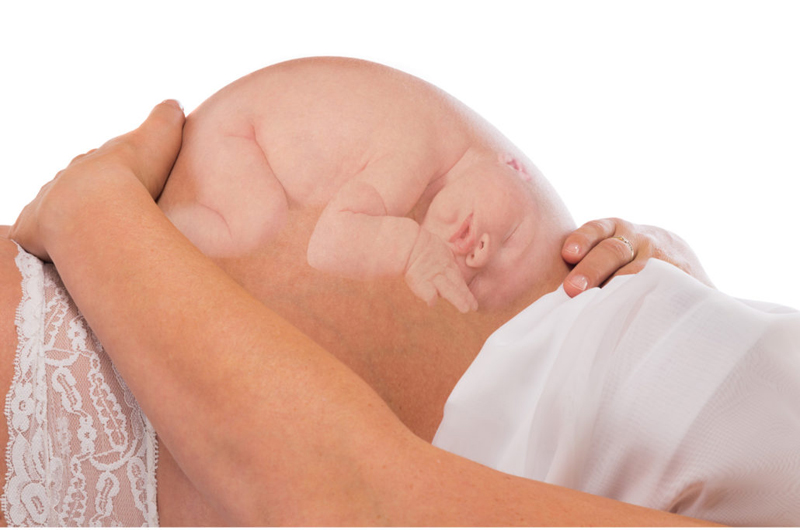 While this surgery is routine, it involves some risks, including:
While this surgery is routine, it involves some risks, including:
- infection
- postpartum hemorrhage
- blood clots
- issues with future pregnancies, like a risk of placenta previa or uterine rupture
Vaginal birth
The American College of Obstetricians and Gynecologists explains that some women may be candidates for a vaginal birth even if their babies are breech. This possibility is determined on a case-by-case basis and involves a review of your medical history and weighing the benefits of vaginal delivery versus the risks of C-section.
If you choose to go this route, you’ll need to follow any specific guidelines set up by your hospital or birth center.
Related: Midwives Are Growing in Popularity: Here’s What You Need to Know
Your baby moves a lot throughout your pregnancy. As you get closer to your due date, they’ll likely settle into a head-down position as they get ready for birth.
If you have concerns about your baby’s position, don’t hesitate to bring them up at your next prenatal appointment. Your healthcare provider is also keeping tabs on whether baby is head down and can help guide you with options for repositioning or an alternate birth plan, if necessary. You’ve got this, mama!
Your healthcare provider is also keeping tabs on whether baby is head down and can help guide you with options for repositioning or an alternate birth plan, if necessary. You’ve got this, mama!
When a child begins to hold his head on his own: the main stages of development
A baby who was recently born on his birthday needs time to adapt to our world. After the mother's tummy, where it was cramped, there is a lot of free space around for the baby. His movements are not yet coordinated, he does not control the movements of his arms and legs, his muscles are in a slight hypertonicity. The newborn will gradually get comfortable, learn new movements, get used to the world around him. And the ability to keep your head on your own is one of the first skills that parents will be able to rejoice in three months. nine0003
When a child begins to hold his head: stages of development
Newborns
The muscles and ligaments of babies are very weak, they need constant support and support from adults.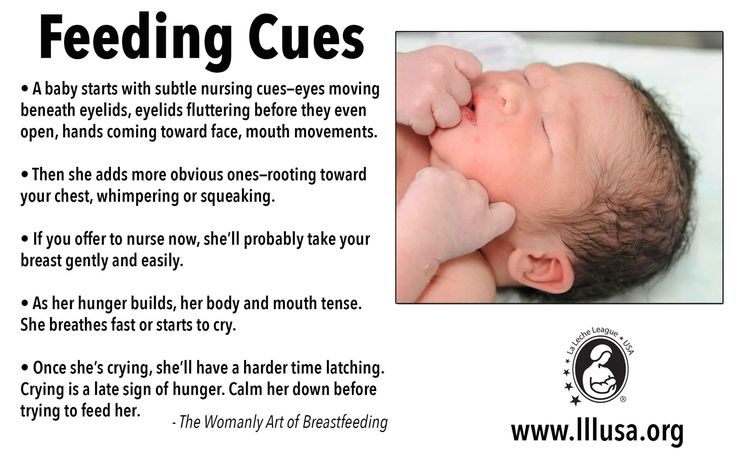 We talk about careful care for newborns in the first month of life in the article “Caring for a Newborn”. Although a newborn child does not hold his head on his own in the first weeks and even months of life, preparations for this important event should begin in advance. High-quality and timely homework is the key to success in any business. nine0003
We talk about careful care for newborns in the first month of life in the article “Caring for a Newborn”. Although a newborn child does not hold his head on his own in the first weeks and even months of life, preparations for this important event should begin in advance. High-quality and timely homework is the key to success in any business. nine0003
Important! Remember that adults should always hold the baby's head when they carry it in their arms during the first or second month of life.
At about 3 weeks from birth, the umbilical wound heals in the baby. After this has happened, you can start laying the crumbs on your tummy. In this position, the muscles of the back and neck are strengthened, the child learns to turn his head.
To motivate him to move his head and turn it in different directions, we recommend using rattles, bright objects and toys that make sounds and attract attention. You can start training from one minute or even 30 seconds. And then gradually increase this time, based on the condition of the baby.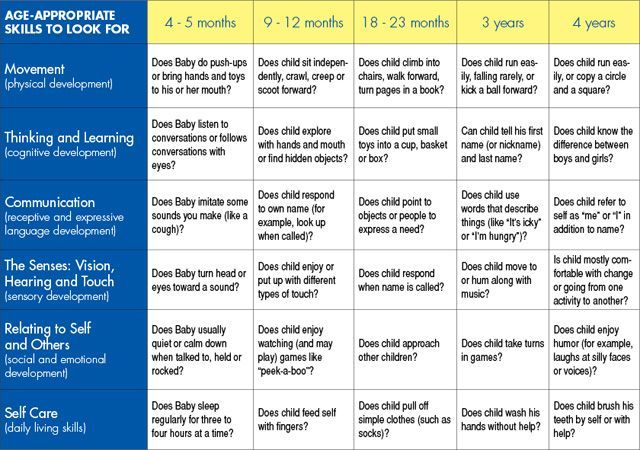 nine0003
nine0003
The position "on the stomach" helps to get rid of gases in the digestive tract and prevent the occurrence of colic. Therefore, it is best to lay the baby on the stomach before feeding or about an hour after.
Perhaps at first the child will be dissatisfied with his new position, will begin to whimper and be capricious. Experts say that this is a normal reaction and you should not interrupt the exercises. To minimize the discontent of the crumbs, choose the right moment for training: when the baby has had enough sleep and is in a good mood. Putting the baby on his tummy, gently stroke him on the back, say kind words, smile. nine0003
How can you help your child learn to hold his head?
In order to help the baby strengthen the muscles of the back and neck, you can do light gymnastics with him:
- Gently place your baby, belly down, on a ball or a homemade blanket bolster. His head, body and limbs should be on the surface of the projectile, and your hands should carefully hold the child.
 Slowly rock your baby from side to side and back and forth.
Slowly rock your baby from side to side and back and forth. - Gently pick up the baby in your arms, facing the floor. And make several movements in the air, then lifting up, then lowering down. nine0026
- The starting position is the same as in the previous exercise. But this time, take turns lifting the baby's head first, and then the ass. Repeat 5-7 times. By the end of the first month, you will already see the result - the baby begins to hold his head!
Be sure to make a note about when the baby begins to hold his head - at a routine examination, the pediatrician will be interested in this information.
On a note! Baby swimming is a great way for a child's natural physical development. Thanks to water procedures, the muscles of the neck and back become stronger, the hypertonicity of the entire muscular corset is removed, and blood circulation improves. You can start swimming from the moment the umbilical wound heals, preferably when the baby is already 1 month old. nine0003
nine0003
Other important factors that influence timely development are:
- Balanced diet. If you are breastfeeding your baby, it is important to watch your diet. In the case of the option with mixtures - select them according to age, paying special attention to the composition.
- Massage at home. We recommend using a special oil of the My Sun brand for a restorative massage. Thanks to the plant extracts contained in the composition, the product softens children's skin, making it silky and tender. Oil provides smooth sliding of hands during massage, eliminates sticking. nine0026
- Correct sleeping position. Make sure that the baby changes positions from time to time, then his muscles will not be too tense on one side of the body and relaxed on the other.
Children in the second month of life
Day by day, the baby will strengthen his neck muscles and improve his skills - the time when the baby holds his head will lengthen. In the second month of life, most children can independently raise and hold their head at an acute angle (~45 degrees) in the supine position. At the very beginning of the journey, it lasts no longer than a minute. This is an important step so that soon the baby can freely keep the neck and head in an even position. nine0003
At the very beginning of the journey, it lasts no longer than a minute. This is an important step so that soon the baby can freely keep the neck and head in an even position. nine0003
We remind you that overprotection does not help children in their development and exploration of the world. Allow your baby to move freely, do not constantly fix the baby’s neck with your hand when holding him in your arms, but only secure. Be attentive and vigilant, but let the baby develop and grow.
At the age of 1-2 months, you can and should continue to perform the gymnastics that we described above. In addition to it, we advise you to try another exercise. Starting position of the baby: lying on his back on a flat support. Gently take his hands and gently pull. The baby will reflexively strain the muscles of the back and neck and try to keep the head relatively even. nine0003
Rarely, but some babies already at 1.5 months hold their heads on their own. In this case, doctors ask parents to come for an examination at the clinic, as the child may have intracranial pressure.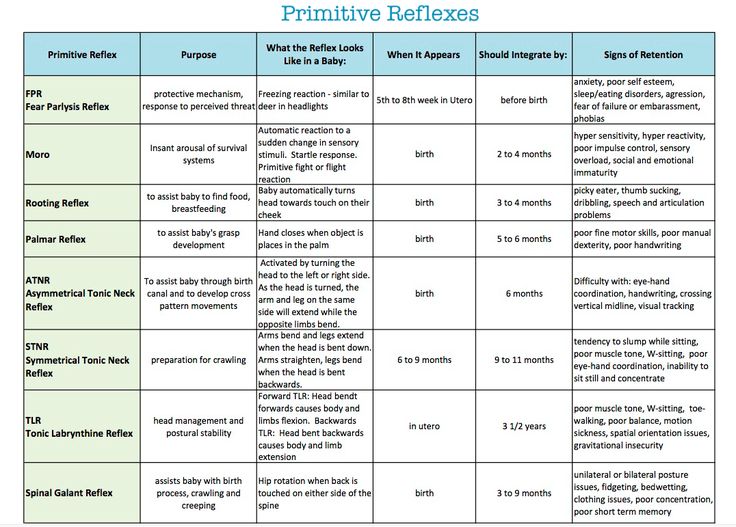 If the diagnosis is confirmed, the baby will most likely be prescribed a special massage and the necessary treatment.
If the diagnosis is confirmed, the baby will most likely be prescribed a special massage and the necessary treatment.
Do not be afraid in advance. It also happens that there are no pathologies, and the child has learned to hold his head a little earlier than his peers.
Children aged 3 months and over
3 months is the average age for the child to develop the ability to hold his head on his own. However, parents should not completely relax: the neck muscles are still not strong enough now, and it is necessary to insure the baby so that his head does not tilt back too much. Usually, the muscles are fully strengthened when the baby is 4 months old, and he begins to feel confident when moving his neck and holds his head just as confidently. You will soon see and rejoice how the baby himself holds his head. nine0061
What should parents do if the child does not hold his head at 3 months? Analyze the development of the child: if you notice attempts to hold the head, but then they stop, this indicates a rollback, and the baby should be shown to the doctor. If your child shows progress, just goes slower than their peers, there is nothing to worry about yet. Remember that there is no exact time frame for this - there are only average rates. nine0003
If your child shows progress, just goes slower than their peers, there is nothing to worry about yet. Remember that there is no exact time frame for this - there are only average rates. nine0003
When does a premature baby start holding his head?
If your baby was born premature, the timing of his muscle development may shift by a month or two. Experts consider it absolutely normal. Time will pass and the baby will catch up with his peers in development, you just have to stock up on a little patience.
How to properly hold the baby's head
There are several simple ways to properly hold the baby. nine0003
- The classic carrycot, when with one hand you support the baby behind the back, while his head fits comfortably in your elbow. The other hand supports the ass and lower back.
- An upright position where you support your baby by the bottom with one hand so that his head rests on your shoulder.
 With the other hand, press it to you.
With the other hand, press it to you. - On the back on the knees of an adult, when the child is comfortably positioned on your lap facing you, you hold his head with your hand. nine0026
- On the tummy on the forearm of an adult's hand. In this position, the baby comfortably settles with his stomach and head on the forearm of the adult's hand, and the baby's arms and legs hang down from both sides.
- Facing the world. You hold him firmly by the chest, the baby's head and back rests on your chest, with your other hand hold the baby's legs together. In this position, the child begins to stretch the head more and become interested in the surrounding space.
Why can't the baby hold his head? nine0005
If the baby was born on time, but by 4 months the baby still does not hold his head, you should seek the advice of a doctor. There may be several reasons for this phenomenon. Here are the most common ones:
- Low muscle tone. It happens that parents are too protective of the baby, constantly support him during any movement and absolutely do not allow the baby to train his body.
 In this case, the muscles develop poorly, incl. and the muscles of the neck and the baby cannot hold his head on his own. In addition, low tone may have physiological reasons. nine0026
In this case, the muscles develop poorly, incl. and the muscles of the neck and the baby cannot hold his head on his own. In addition, low tone may have physiological reasons. nine0026 - An experienced pediatrician will determine the source of the problem and prescribe the appropriate treatment, which in most cases includes a special massage.
- Deviation of the baby's weight from the norm. In this case, you will need to consult a breastfeeding specialist. He will conduct the necessary analysis and give advice on adjusting the nutrition of the mother and child. They may prescribe additional complementary foods in the form of mixtures.
- Birth injuries. If this item is present in the baby’s history and the muscles of his neck and back do not have time to develop in time, a consultation with a pediatric neurologist may be necessary. He will identify the reasons for the deviation and give recommendations on how to eliminate them. nine0026
It happens that the child has learned to hold his head on his own, but constantly does it at an angle.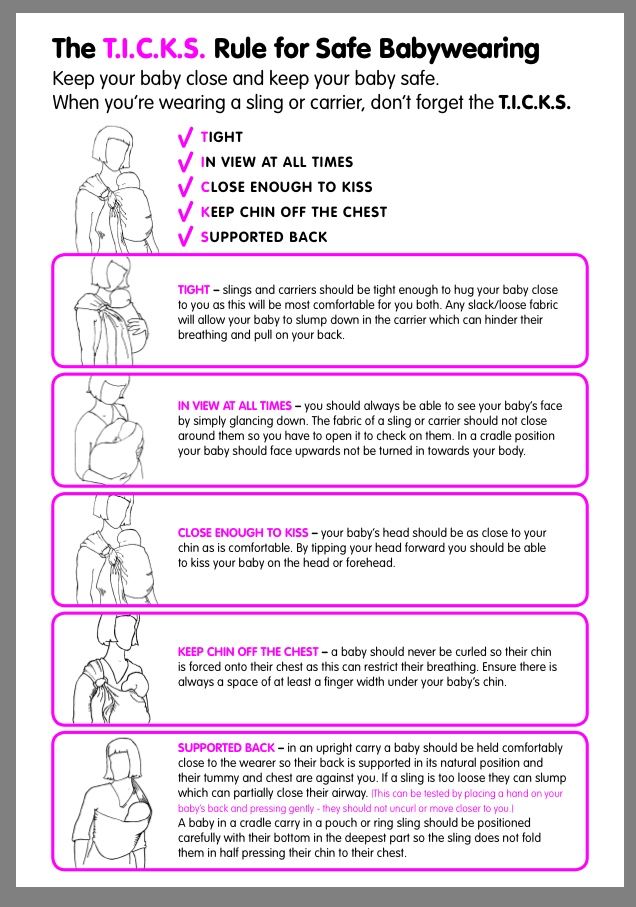 In this case, we also recommend visiting a neurologist who will examine the baby and, most likely, prescribe a corrective massage. In addition, doctors often advise you to purchase a special orthopedic pillow. It is placed under the head during sleep, allows you to gently eliminate excessive tension in the muscles and gradually stretch them.
In this case, we also recommend visiting a neurologist who will examine the baby and, most likely, prescribe a corrective massage. In addition, doctors often advise you to purchase a special orthopedic pillow. It is placed under the head during sleep, allows you to gently eliminate excessive tension in the muscles and gradually stretch them.
We do not get tired of reminding you that the love of parents, their constant support and attention plays a huge role in the development of the baby. Care and affection do not cost anything materially, but remain an invaluable contribution for many years. nine0003
#care #health #development #tips
Share article
‹Previous ›Next
We also recommend reading
Child development by months up to 1 year
nine0002 Newborn baby careHow to wash a newborn baby
How to bathe a newborn baby
nine0002 Related productsPanthenol baby cream
100 ml
Cream soap with panthenol
nine0002 300 mlCare and massage oil
200 ml
Wet baby wipes Universal
20 pcs
Non-Children's Baby Neck Problems - Into-Sana
I think that many people have encountered such a problem as the incorrect position of the baby's head.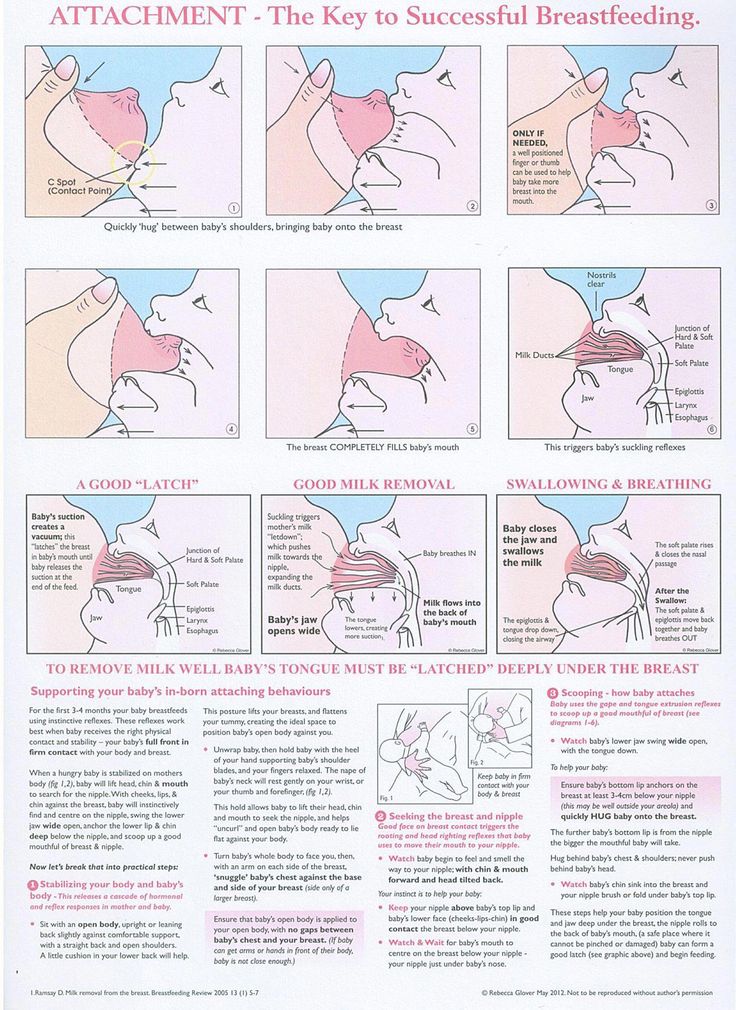 When a child constantly turns his head in the same direction, or tilts it to the same shoulder. In medicine, this condition is called torticollis. According to statistics, every 4-5 newborns have certain signs of an incorrect head position. Parents voice a lot of explanations for this phenomenon: either the child was “lying down”, laying on one side all the time, then they were “tightly swaddled”, then “dad also had it”, then he, that is, the child, “loves so much”). Often, parents do not even think about the true cause of this rather significant problem that requires immediate treatment. And all this postpones a timely visit to the orthopedist for a long time. nine0003
When a child constantly turns his head in the same direction, or tilts it to the same shoulder. In medicine, this condition is called torticollis. According to statistics, every 4-5 newborns have certain signs of an incorrect head position. Parents voice a lot of explanations for this phenomenon: either the child was “lying down”, laying on one side all the time, then they were “tightly swaddled”, then “dad also had it”, then he, that is, the child, “loves so much”). Often, parents do not even think about the true cause of this rather significant problem that requires immediate treatment. And all this postpones a timely visit to the orthopedist for a long time. nine0003
Now more about the pathology itself. There are several reasons for the formation of torticollis in children. It can be congenital and acquired. Today I would like to dwell on the most common cause of acquired torticollis in newborns - this is an injury to the cervical spine during childbirth.
Not only a woman, but also a man knows that childbirth is a difficult process, often very traumatic, and there is always a danger, even during normal childbirth, of mechanical damage to the fetus.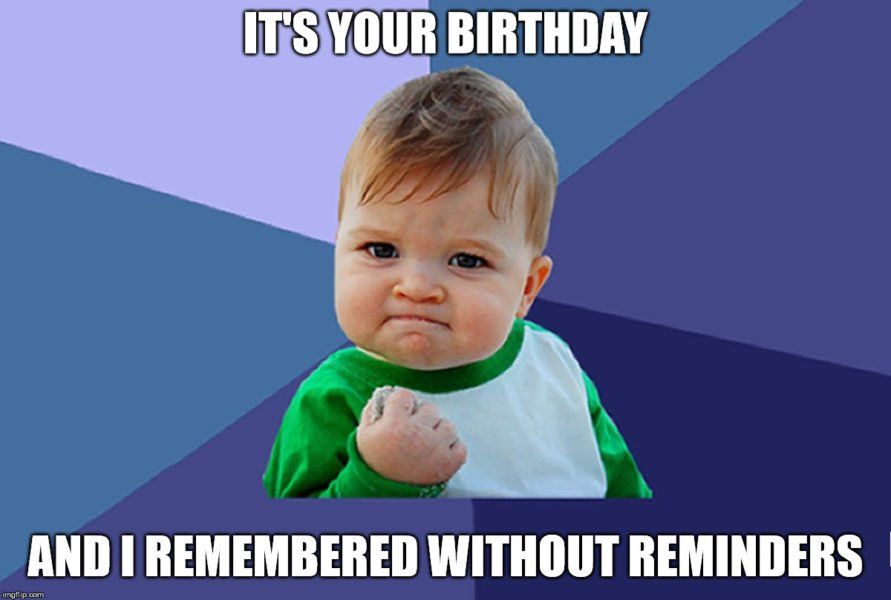 And besides the mistakes of obstetricians, this is also facilitated by objective reasons, the pathology of the labor activity itself, a change in the shape and size of the head of the child and the birth canal of the mother. nine0003
And besides the mistakes of obstetricians, this is also facilitated by objective reasons, the pathology of the labor activity itself, a change in the shape and size of the head of the child and the birth canal of the mother. nine0003
However, in the process of even physiological childbirth, the generally accepted manipulations of the midwife are often dangerous for the fetus, especially for its cervical spine.
Significantly increase the risk of traumatization of the cervical spine of the newborn:
or, conversely, prolonged labor with drug stimulation
7. emergency cesarean section
8. delivery of a large fetus
9. multiple pregnancy.
One or more of these conditions greatly increase the likelihood of mechanical impact on the fragile neck of the newborn.
But even if there is a minimal deformity of the cervical vertebrae, and it is not detected and treated in time, then in the future it can lead to completely unexpected disorders in the development of brain structures.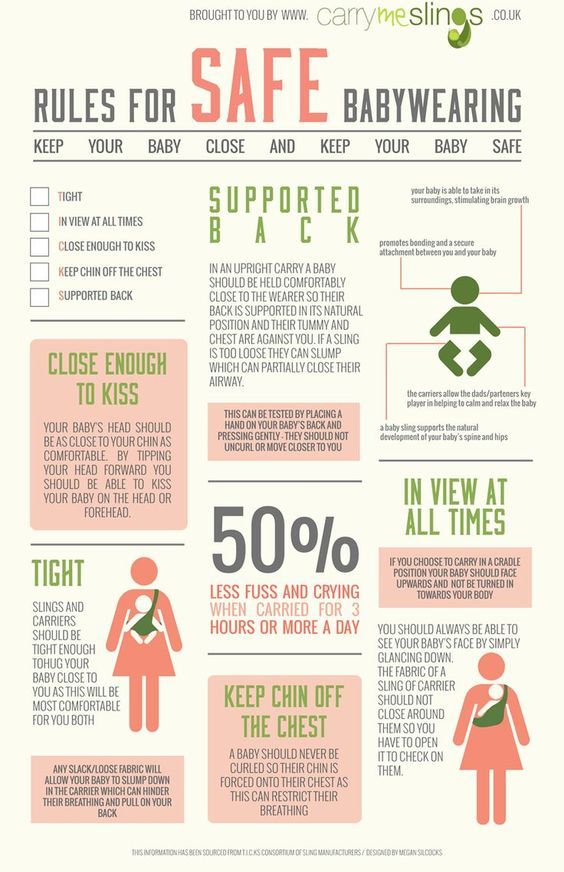 During growing up and life, the child will experience disturbances in the functions of attention, memory, emotional sphere, complications of the auditory, cardiovascular, endocrine and even immune systems. nine0003
During growing up and life, the child will experience disturbances in the functions of attention, memory, emotional sphere, complications of the auditory, cardiovascular, endocrine and even immune systems. nine0003
With age, these children develop delayed speech development, speech understanding, headaches, behavioral disorders in the form of excessive capriciousness, aggression, and increased motor activity. Autism-like states can form, etc. Muscle tone in these children is usually reduced. With an injury to the upper cervical spinal cord, gait and coordination disorders, vicious foot installations, various types of posture disorders and spinal deformities can be observed, and myopia develops. nine0003
What parents should pay attention to
The first thing parents should pay attention to after discharge from the hospital is how the child behaves during any manipulations with the head and neck. Due to provoking pain in the neck, these children do not like to swim, wear caps, prefer the same breast during feeding. The neck in the first days of the child can be shortened, with an abundance of transverse folds, as if pressed into the shoulders, or elongated. The head can be sharply thrown back or turned to the side. These two symptoms may be combined. When you try to bring the head into the correct position, the child cries. There may be tension, soreness, swelling and hardening of the trapezius and posterior cervical muscles. nine0003
The neck in the first days of the child can be shortened, with an abundance of transverse folds, as if pressed into the shoulders, or elongated. The head can be sharply thrown back or turned to the side. These two symptoms may be combined. When you try to bring the head into the correct position, the child cries. There may be tension, soreness, swelling and hardening of the trapezius and posterior cervical muscles. nine0003
Sometimes these changes are not rough at first and go unnoticed. Later, under the influence of certain provocations, the previous minimal symptoms become more obvious. As a rule, these children later begin to hold their head in a prone position. They form an asymmetry of the occipital and frontal regions. Due to different muscle tone, infantile scoliosis and asymmetry of the pelvic girdle appear. Gradually, from the stage of rotation, the torticollis passes into the stage of inclination. During this period, attention is drawn to the different distance of the location of the auricles in relation to the shoulders. The head seems to fall to one side. nine0003
The head seems to fall to one side. nine0003
All these symptoms should alert the parents and the family doctor, should serve as a reason for an immediate visit to a pediatric orthopedist.
Remember! The neonatal period determines the entire subsequent life of the child, his mental and physical abilities, and even many of his future illnesses.
However, these neuroorthopedic symptoms are often overlooked or misunderstood. As a result, the most precious days and weeks are missed, when it is still possible to change something, to fix it. nine0003
As one of the leading figures in medicine, pediatric neurologist Alexander Yuryevich Ratner, said: “Many diseases of older children and even adults are a late retribution for unrecognized troubles of the neonatal period” .
I want to give advice to expectant mothers to prepare the female body for childbirth even at the stage of pregnancy planning.
Particular attention should be paid to the entire pelvic girdle of a woman, its muscles and ligaments, and consult an orthopedist in time to rule out problems in this area responsible for childbirth.
